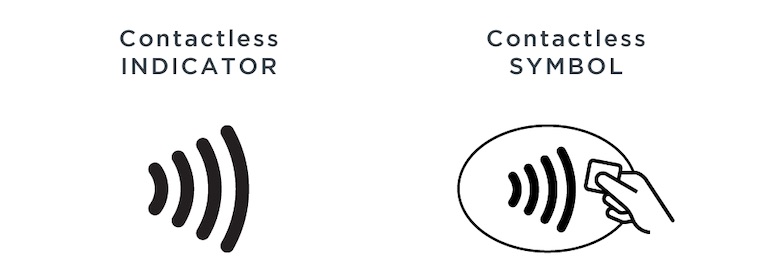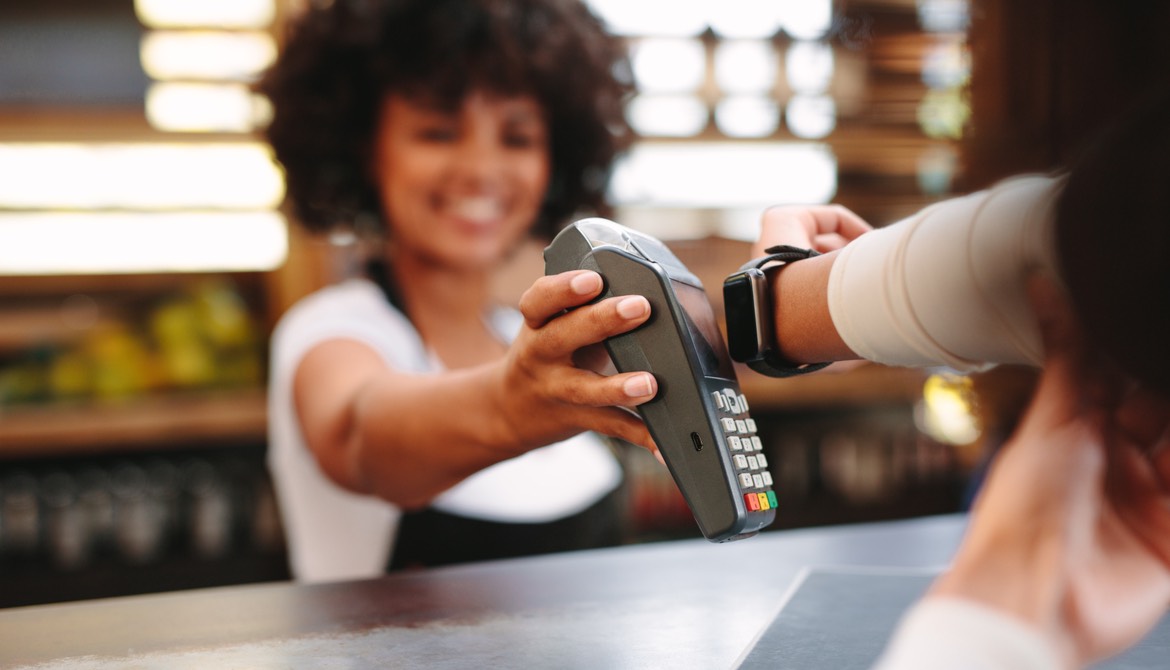6 minutes
Many of them want to but don’t yet know how.
Contactless payments are not new. In fact, consumers have used contactless cards to pay for transactions since the early 2000s, though the magnetic stripe cards of that era were far different from today’s much more secure EMV cards.
But with the changes brought on by the COVID-19 pandemic, the desire—and need—to switch to a more touch-free way to pay is top of mind for many people. Is it time for your members that are not using contactless cards to make the leap? If so, here are useful insights to help your member-facing staffers educate your members on how to use contactless cards.
The first step is to walk members through the journey to contactless payments. When they ask you what a contactless payment is, your team members can say: “A contactless payment is a non-cash payment transaction that doesn’t need a physical connection between the consumer payment device and the point-of-sale terminal.”
Adoption Momentum
Although the adoption of contactless payments has been slower in the United States than across the rest of the world, U.S. adoption seemed to be picking up even before our current economic environment brought on today’s challenges. In fact, 83 out of the top 100 U.S. merchants (based upon transaction totals) are fully enabled for contactless payments, according to stats provided by Visa updating those in this previous report.
Let your members know that more and more quick service locations—such as gas stations, fast food restaurants and grocery chains—are going contactless. Even mass public transit systems are getting in on the act. Imagine the convenience of simply tapping your card or phone on the turnstile instead of purchasing a transit card, loading it now and reloading it again later.
Convenient and Smart
Your members, especially those who are most vulnerable to COVID-19, will experience many benefits when they use contactless payments. But they may not realize it yet. First and foremost, let your members know the transaction time for a contactless payment is significantly faster than a traditional payment—and faster payments mean less time exposed to others inside the establishment. It also means little to no time handling unclean surfaces and keypads. And it also means no time handling cash, well known for carrying germs of all types. The move to a more touch-free form of payment just makes good sense these days.
How It Works
Your members will need to know how to identify that they have a contactless card and where they can use it to make their purchases. Advise them to look for the EMVCo’s contactless indicator (below, left) on their credit or debit card to know whether it can make contactless payments. Let them know that the indicator can be found on the front or back of their cards. When they are at a merchant, they should look for EMVCo’s contactless symbol (below, right) on the terminal or look for the prompt to “Insert, Tap, or Swipe” while paying for items at checkout.

So how does the technology behind contactless payments work? It’s simple. Advise your members to hold a payment device, such as an EMV contactless card or smartphone, within one or two inches of the contactless symbol until the light turns green or they receive a prompt that the transaction is processing.
The payment account information is transmitted wirelessly over radio frequency. EMV contactless card transactions then generate a unique code for each transaction. The consumer’s contactless payment device can assume a variety of forms, including cards, near-field communication-enabled smartphones—including iPhones and Android devices, and even such wearables as a Fitbit or Apple Watch. Just tell your members to look for the contactless logo on the terminal to begin enjoying the benefits.
Safe and Secure
Your members will surely understand the convenience of using their contactless card or device, but many may question the safety and security of the service. Contactless payments are very safe—much safer, in fact, than traditional payment methods.
For contactless payments, let your members know that the financial industry uses advanced security technologies both on the contactless device as well as in the processing network to prevent fraud. While implementations differ among issuers, examples of security measures that are being used include the following:
- Industry standard encryption. Each contactless device must have its own unique secret key that uses standard encryption technology to generate a unique card verification value, cryptogram or authentication code that exclusively identifies each transaction. No two devices share the same key, and the key is never transmitted.
- Dynamic data. Every contactless payment transaction includes dynamic data that is unique for that transaction. Stolen or intercepted transaction data can’t be used for other transactions.
- Authentication. The issuers verify that the contactless payment transaction has a valid card verification value, authentication code or cryptogram before authorizing the transaction. Therefore, at the system level, issuers can automatically detect and reject any attempt to use the same transaction information more than once.
- Confidentiality. The processing of contactless payments does not require the use of the cardholder’s name in the transaction. In fact, best practices being used within the industry do not include the cardholder name on the contactless chip.
- Control. Cardholders control both the transaction and the contactless device throughout the transaction. They do not have to hand over either a device or their account information to a clerk during a contactless transaction.
Finally, let your members know that the risk of being skimmed is low for two primary reasons. First, someone would need a genuine, acquirer-approved point-of-sale device to read the card. Second, long-range skimmers will not work as you need to be within one to two inches of the device and card to connect the NFC communication field.
The Benefit to Your Credit Union
As previously mentioned, there are many benefits for your members to switching to contactless payments. But what are the benefits to your credit union? You can market the fact that members’ contact with the POS is reduced, especially important because of COVID-19. Other benefits to you include increasing cash conversion to the card (i.e. switching low ticket transactions from cash to contactless card), attaining top-of-wallet status, promoting a seamless cardholder experience, and finally, enabling cardholder access to the growing global trend.
According to a recent Javelin report, by mid-2018 almost half of all transactions in Europe were made using contactless technology.
It is clear that contactless cards and mobile wallet apps are here to stay—especially in the new normal of a post-pandemic world. Transactions are faster, frictionless, safe and secure—all attributes your members, especially those most vulnerable to the virus, will find not only appealing, but possibly even mandatory. You can add value for and help retain current members and acquire new ones by being on the forefront of what they want by offering seamless, contactless payments—especially when you’re ready to show them how to use them.
Debrian Hughes is VP/banking solutions with CUES Supplier member FIS.





